Disclosure: This article contains affiliate links. We may earn a commission from purchases at no extra cost to you, which helps our travel content.
There's something deeply satisfying about watching the European landscape transform gradually outside your window, rather than simply teleporting between destinations via budget airlines. Last autumn, I embarked on what many would consider a logistical challenge: traveling overland from the sun-drenched plazas of Seville, Spain to the mysterious mountains of Transylvania, Romania. This 2,800-kilometer journey took me through eight countries, countless cultural transitions, and some of Europe's most stunning landscapes. While many travelers might balk at the complexity, I found the journey itself to be as enriching as any destination. In this guide, I'll share my exact route, practical transportation advice, and the unexpected cultural gems that made this overland adventure one of my most memorable European experiences. Whether you're motivated by environmental concerns, a fear of flying, or simply the romance of slow travel, this comprehensive itinerary will help you navigate this epic cross-continental journey.
Planning Your Route: The Big Picture
Before diving into the specifics, let's establish the general trajectory of this cross-European adventure. The journey from Seville to Brasov naturally divides into three major segments:
- Western Europe (Spain to France): Relatively straightforward with excellent high-speed rail connections
- Central Europe (Switzerland, Austria, Hungary): Efficient and comfortable train networks with scenic routes
- Eastern Europe (Romania): Slightly more challenging but incredibly rewarding
When planning such an extensive journey, I found it essential to have a reliable way to organize all my train connections, accommodation bookings, and sightseeing plans. After trying several options, I settled on travel planner which allowed me to create a comprehensive itinerary that synchronized across my devices, even when I was offline in remote areas of Eastern Europe.
I allocated 14 days for the entire journey, which provided a comfortable pace with 1-2 nights in key cities along the route. While you could technically complete the journey in about 5-6 days of non-stop travel, I strongly recommend taking at least 10 days to appreciate the dramatic cultural transitions and avoid exhaustion.
Before embarking, I purchased a rail pass which proved to be cost-effective for the Western and Central European segments. For Eastern Europe, point-to-point tickets purchased locally offered better value.
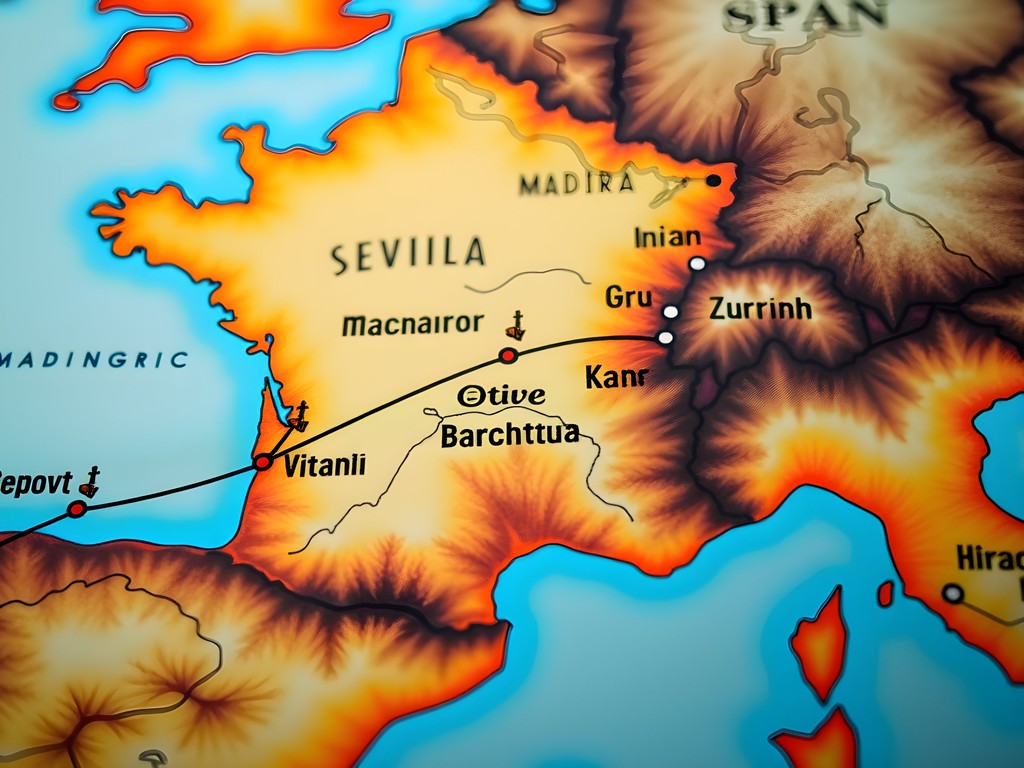
💡 Pro Tips
- Book accommodations with flexible cancellation policies as train delays can disrupt your schedule
- Download offline maps for each city on your route before departure
- Consider a 'buffer day' every 4-5 days of travel to rest or account for unexpected delays
Leg 1: Seville to Barcelona (Spain)
My journey began in Seville, where I spent a morning wandering through the narrow streets of Barrio Santa Cruz, savoring a final café con leche before boarding the high-speed AVE train to Madrid. The Spanish rail system is impressively efficient, and I arrived in Madrid's Atocha station just 2.5 hours later.
Rather than rushing straight through Madrid, I decided to spend one night here, giving me time to enjoy tapas in Mercado San Miguel and a quick visit to the Prado Museum. Madrid's energy is infectious, a stark contrast to Seville's more laid-back atmosphere, and this first transition set the tone for the gradual cultural shifts I'd experience throughout my journey.
The next morning, I caught another AVE train to Barcelona (2.5 hours), where I had allocated two nights. Barcelona deserves more time, of course, but even with my limited stay, I managed to explore Gaudí's masterpieces and enjoy the Mediterranean atmosphere of the Gothic Quarter.
What surprised me most during this first leg was how quickly the landscape transformed – from Andalusia's olive groves to Catalonia's more rugged terrain. The train journey itself became part of the experience rather than just a means of transportation.
While in Barcelona, I stayed at a boutique hotel in the Eixample district, which provided the perfect base for exploring. The city's efficient metro system made it easy to visit key sites like Sagrada Familia and Park Güell without wasting time on transportation.

💡 Pro Tips
- Book AVE tickets in advance through Renfe's website for significant discounts
- Consider a Madrid stopover of at least one night to break up the journey
- In Barcelona, purchase a T-Casual metro ticket for cost-effective city transportation
Leg 2: Barcelona to Zurich (Via France)
Leaving Spain behind, I boarded an early morning TGV train from Barcelona to Lyon, France. This 5-hour journey along the Mediterranean coast offers spectacular views, particularly as you pass through Montpellier and the Rhône Valley. I'd recommend securing a window seat on the right side of the train for the best coastal vistas.
Lyon deserves more attention than it typically receives from travelers rushing between countries. I spent one night here, enough time to explore Vieux Lyon (Old Town) and indulge in authentic Lyonnaise cuisine at a traditional bouchon. The city's remarkable food scene alone justifies the stopover.
The following morning, I continued my journey on the TGV Lyria service to Zurich (4 hours). The train climbs gradually through the French countryside before entering the more dramatic Swiss landscapes. This particular stretch was one of my favorites, as the scenery shifts dramatically from rolling hills to Alpine peaks.
Zurich welcomed me with its pristine efficiency and stunning lakeside setting. I spent two nights here, using it as a base to recover from the journey thus far and to explore the city's blend of historic charm and modern sophistication. The transition from Mediterranean Spain to Alpine Switzerland in just two days of train travel highlighted Europe's remarkable diversity.
During my stay in Zurich, I made a point of visiting the Bahnhofstrasse (one of the world's most exclusive shopping streets) and taking a boat trip on Lake Zurich. Having spent years working with luxury travel clients, I've developed an appreciation for these more refined experiences, though I always balance them with more authentic local encounters.
One essential item that proved invaluable during this leg was my packing cubes which kept my luggage organized as I moved between accommodations. When you're changing locations every couple of days, efficient packing becomes crucial to maintaining your sanity.

💡 Pro Tips
- Choose window seats on trains through Switzerland for spectacular Alpine views
- Lyon's public transport system closes earlier than in larger cities – check the schedule if planning evening activities
- In Switzerland, the SBB mobile app provides real-time train information and platform changes
Leg 3: Zurich to Budapest (Via Austria)
The journey from Zurich to Budapest represents the central segment of this cross-European adventure, and it's arguably the most scenic. I began with a Railjet train from Zurich to Vienna (7.5 hours), which winds through some of the most picturesque parts of Austria, including the Arlberg Pass and along the shores of Lake Constance.
The Austrian Railjet trains deserve special mention for their comfort and amenities. I opted for First Class on this longer stretch, which provided spacious seating, at-seat meal service, and panoramic windows perfect for photography. While the premium was about €30 more than Standard Class, the additional comfort made a significant difference on this longer journey.
Vienna demanded a two-night stay, allowing me to experience its imperial grandeur, coffee house culture, and musical heritage. The stark contrast between Switzerland's Alpine precision and Austria's ornate elegance was fascinating to observe. I spent one evening at the Vienna State Opera – a cultural experience that perfectly embodied the city's artistic soul.
From Vienna, the final stretch to Budapest was a straightforward 2.5-hour train ride along the Danube. Crossing into Hungary marked my entry into Eastern Europe, and the subtle shifts in architecture, language, and atmosphere were immediately noticeable.
Budapest quickly became one of the highlights of my journey. The city's dramatic setting on the Danube, thermal bath culture, and remarkable value compared to Western European destinations made it exceptionally appealing. I allocated three nights here – longer than any other stop – which gave me time to explore both the grand boulevards of Pest and the historic hills of Buda.
For capturing the spectacular views across Budapest, particularly during sunset at Fisherman's Bastion, my travel tripod proved essential. It's compact enough to fit in my daypack but sturdy enough for long-exposure night photography of the illuminated Parliament building.
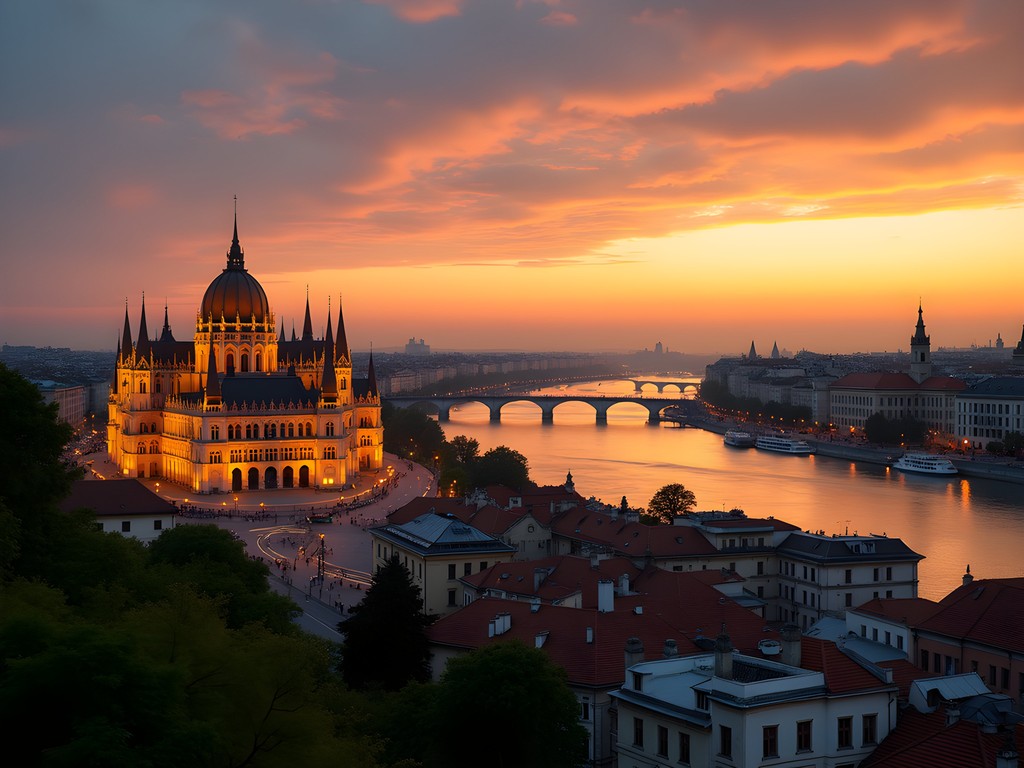
💡 Pro Tips
- Reserve specific seats on the Railjet trains when booking to ensure you're facing forward with good views
- In Vienna, the Vienna Pass offers good value if you plan to visit multiple museums and attractions
- Budapest's thermal baths often have different pricing structures for locals and tourists – check official websites for accurate information
Leg 4: Budapest to Brasov (Romania)
The final stretch from Budapest to Brasov represents the most challenging but perhaps most rewarding segment of this overland journey. As you move further east, train services become less frequent and sometimes less reliable, but the sense of adventure intensifies.
There are two main options for this leg: a direct overnight train from Budapest to Brasov (approximately 12 hours) or breaking the journey in cities like Sibiu or Cluj-Napoca. I opted for the overnight train, which departs Budapest in the evening and arrives in Brasov the following morning.
The overnight train experience deserves special mention. I booked a private sleeper compartment, which was basic but comfortable enough for a night's rest. The border crossing between Hungary and Romania happens in the middle of the night, with passport checks that briefly interrupt your sleep. While not luxurious by any means, there's something undeniably romantic about falling asleep in one country and waking up in another.
Brasov welcomed me with its medieval charm and dramatic mountain backdrop. The transition from Budapest's grand boulevards to Brasov's cobblestone streets and Gothic architecture felt like stepping back in time. The city's compact historic center is easily explored on foot, with the imposing Black Church (Biserica Neagră) serving as its centerpiece.
For accommodations in Brasov, I chose a guesthouse within the old city walls, which provided both convenience and character. The hospitality I encountered in Romania was notably warmer and more personal than in some Western European destinations, with hosts eager to share local knowledge and recommendations.
During my three days in Brasov, I took day trips to nearby Bran Castle (misleadingly marketed as 'Dracula's Castle') and the magnificent Peleș Castle. These excursions are easily arranged through local tour operators or by public transportation.
For the day trips around Brasov, having a reliable power bank was essential, as my phone's GPS and camera functions quickly drained the battery while exploring remote castles and mountainous areas with spotty signal.
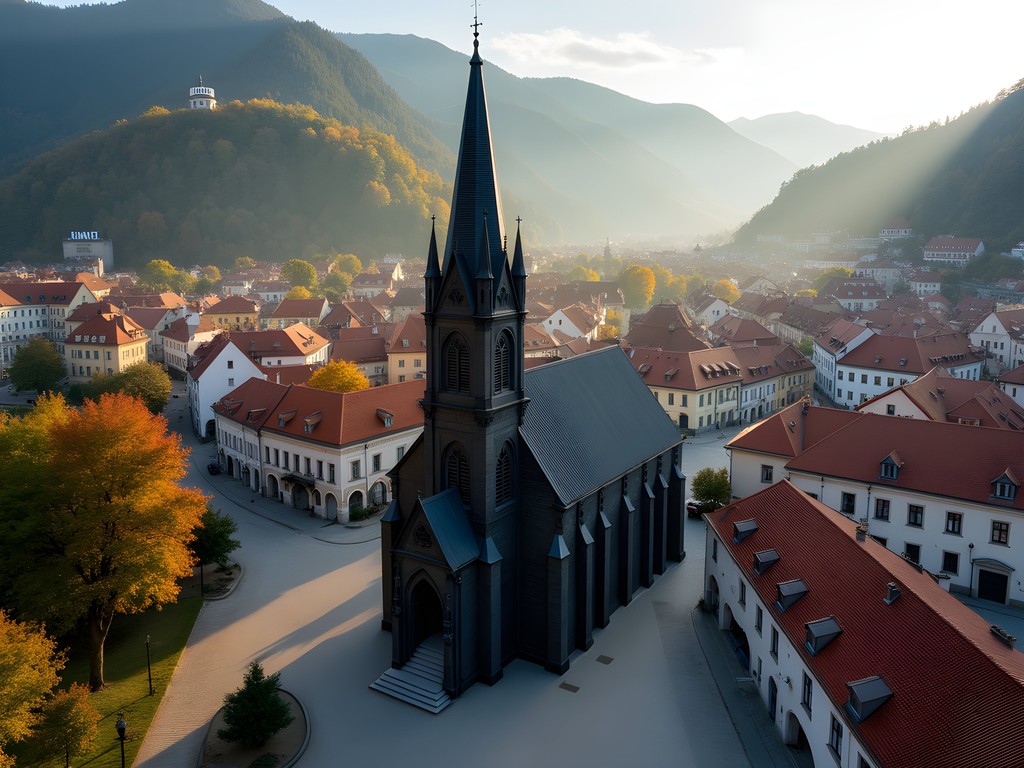
💡 Pro Tips
- Book overnight train compartments in advance, especially during high season (summer and October)
- Bring essential toiletries and water for the overnight train as facilities are basic
- In Brasov, many smaller guesthouses prefer cash payment – have Romanian Lei available
Cultural Transitions: What Makes This Journey Special
Beyond the logistics of trains, timetables, and border crossings, what makes this journey truly remarkable is the gradual cultural transition you experience. Unlike air travel, which abruptly deposits you in a new culture, overland travel allows you to observe the subtle shifts in architecture, cuisine, language, and daily life as you move across the continent.
The journey from Spain to Romania takes you through distinct European regions: from Mediterranean culture in Spain, through Alpine Western Europe in Switzerland and Austria, into Central Europe in Hungary, and finally to the unique blend of Latin and Slavic influences in Romania.
These transitions manifest in countless ways: the gradual shift from Catholic to Orthodox religious symbolism; the evolution of coffee culture from Spain's café con leche to Vienna's elaborate coffeehouse traditions to Romania's stronger Turkish-influenced brew; the architectural progression from Moorish influences in southern Spain to Habsburg grandeur in Vienna to Byzantine and Ottoman elements in Romania.
As someone who's spent years working in the travel industry, I've found that these cultural transitions often go unnoticed by travelers who fly between destinations. By taking the slow route, you gain a deeper appreciation for Europe's remarkable diversity and the historical forces that shaped it.
One practical tip for documenting these cultural shifts: I used a travel journal to record daily observations about architecture, food, language, and customs. This created a valuable record of how these elements evolved throughout the journey – something I now treasure more than standard tourist photos.
Being of mixed heritage myself, I've always been fascinated by cultural borderlands and transitions. This journey offered countless opportunities to observe how cultures blend and separate across geographic boundaries, creating the rich tapestry that makes European travel so rewarding.
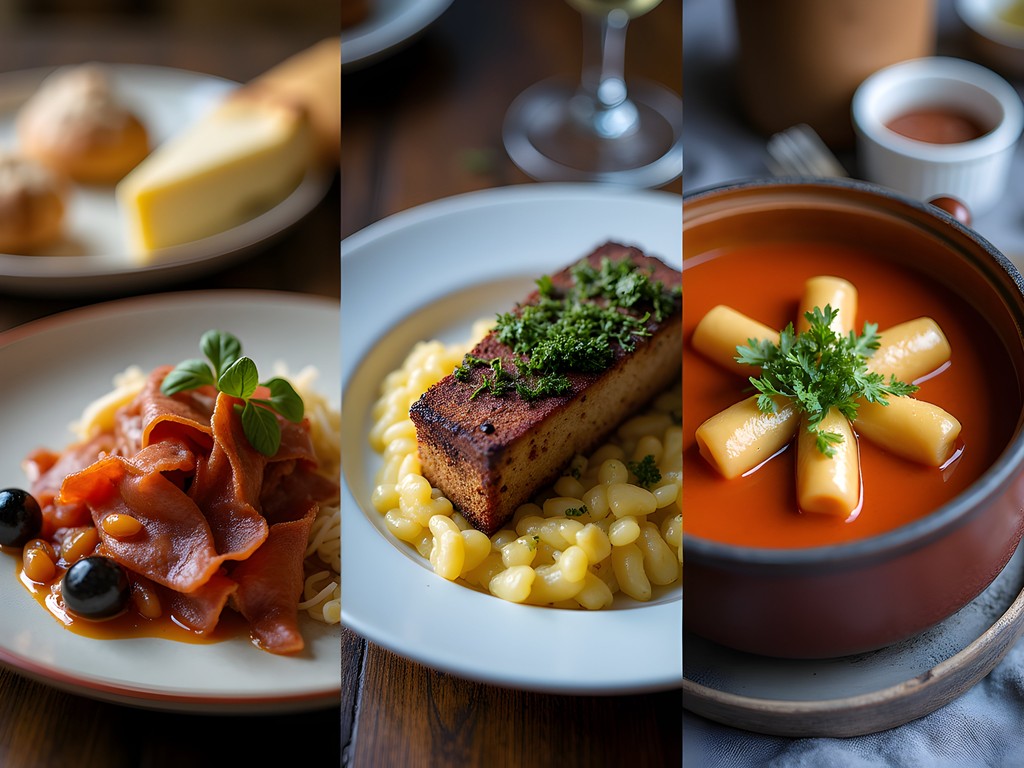
💡 Pro Tips
- Learn a few basic phrases in each language along your route – even simple greetings are appreciated
- Pay attention to the changing breakfast traditions as you move east – they tell a fascinating cultural story
- Visit local markets in each major stop to observe differences in food, social interactions, and daily life
Final Thoughts
As my train pulled into Brasov station, completing a journey that had begun 14 days and 2,800 kilometers earlier in Seville, I felt a sense of accomplishment that no quick flight could have provided. This overland adventure across Europe offered more than transportation – it provided a continuous, unbroken narrative of European culture, history, and landscape.
While not without its challenges – occasional delays, midnight border crossings, and the constant packing and unpacking – this journey epitomizes what travel at its best can offer: a gradual immersion into changing cultures and perspectives rather than an abrupt transition.
If you're contemplating this journey, I encourage you to embrace the slower pace, the occasional uncertainty, and the unexpected discoveries along the way. In an era of instant gratification and quick connections, there's profound value in watching Europe unfold mile by mile, country by country.
Have you undertaken a similar overland journey? I'd love to hear about your experiences in the comments below. And if you're planning your own version of this epic route, feel free to reach out with specific questions.
✨ Key Takeaways
- Breaking the journey into 4-5 day segments makes the long distance manageable and enjoyable
- Overnight trains are an efficient way to cover longer distances while saving on accommodation
- The cultural transitions observed through overland travel provide insights impossible to gain through flying
- Flexibility is essential – build buffer days into your schedule to account for delays or places you want to explore further
📋 Practical Information
Best Time to Visit
Spring (May-June) or Fall (September-October)
Budget Estimate
€1,500-2,500 for 14 days (excluding shopping and souvenirs)
Recommended Duration
12-16 days
Difficulty Level
Moderate


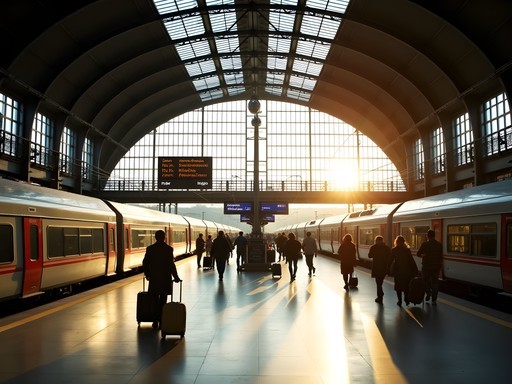
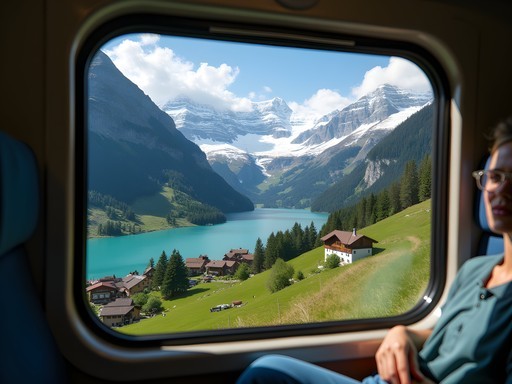
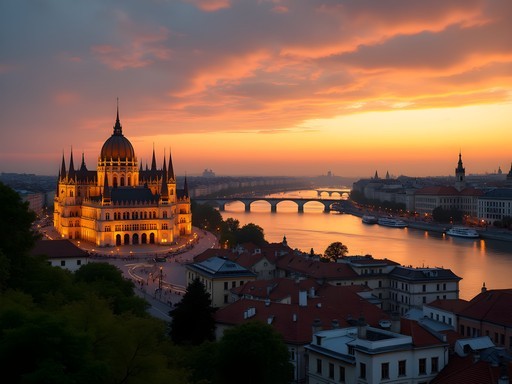

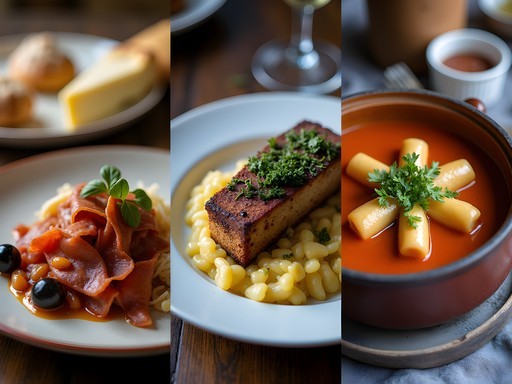










Comments
Hunter Thompson
Mate, this is absolute gold! I did a similar journey last summer but cut through northern Italy instead of Switzerland. The overnight train from Vienna to Budapest was a highlight - waking up as you roll into Budapest at sunrise is magical. One question though - how did you handle the Brasov to Barcelona return? Did you fly or brave the overland journey back as well? I ended up flying because I ran out of time, but felt like I was cheating after all that beautiful slow travel!
Timothy Jenkins
Thanks Hunter! I actually flew back - had to get back for work. But I took a different route home 3 months later via Belgrade and Munich which was equally amazing. The Vienna-Budapest leg was definitely special - did you stay in the Gellért baths?
Hunter Thompson
I did! Spent a whole day there recovering from the night train. Your Belgrade route sounds fantastic - adding that to my list for next time. The slow travel bug is real once you catch it!
luckyseeker
I did a similar route last year but went from Barcelona to Milan instead of Zurich. The views through northern Italy were incredible! One tip: I found having a rail planner really useful for flexibility, especially when a train in Austria was canceled and I had to reroute. Did you encounter any unexpected delays on your journey?
Timothy Jenkins
The Milan route sounds beautiful! And yes, I had a 3-hour delay leaving Budapest due to track maintenance. The station staff were super helpful though. I considered the rail pass but since my itinerary was fixed, individual tickets worked out cheaper.
wildbackpacker
So cool! Saving this for my gap year planning!
dreamdiver9873
This journey looks amazing! How much did you spend on train tickets in total? I'm planning something similar for next spring but wondering about the budget.
Timothy Jenkins
Thanks for asking! The total for all train and ferry tickets was around €380, but I booked most legs 2-3 months in advance. If you book closer to your travel dates, expect to pay 30-50% more. The Barcelona-Zurich leg was the most expensive at €120.
dreamdiver9873
That's actually more affordable than I expected! Thanks for the quick response.
escapemate
Just booked my tickets from Paris to Budapest after reading this! Thanks for the inspiration!
Douglas Bradley
Fascinating route, Timothy. I've done extensive rail travel through Eastern Europe and find the contrast between Western and Eastern European train systems quite telling from a cultural perspective. One thing worth noting for anyone planning this journey: the reservation systems differ significantly between countries. While Spain, France, and Switzerland have straightforward online booking, some connections in Romania might require in-person ticket purchases or have limited advance booking windows. I'd also suggest considering an overnight stop in Vienna - their new main station is a marvel of efficiency, and it breaks up the Zurich-Budapest leg nicely. The architectural transition you witness from Alpine Swiss precision to Habsburg grandeur to post-Soviet functionality tells the story of Europe better than any history book.
Timothy Jenkins
Excellent points, Douglas! Vienna was indeed a highlight - I should have emphasized it more in the post. Your observation about the booking systems is spot on. I found the DB Navigator app invaluable for planning connections across multiple countries.
wanderlustwanderer
Thanks for the Vienna tip! Adding it to my itinerary now.
adventureone
I've always wanted to do something like this but I'm worried about language barriers, especially in Eastern Europe. Did you encounter any communication problems?
Timothy Jenkins
Honestly, it was less of an issue than I expected! Most transportation staff speak enough English to help with the basics. I downloaded Google Translate with offline language packs just in case, but rarely needed it. Train stations in bigger cities are quite international-friendly.
Taylor Moreau
I'll second Timothy's point. European rail networks are accustomed to international travelers. The announcements on major routes are often made in multiple languages. Learning basic greetings in each country goes a long way too.
smartqueen
How was the WiFi situation on the trains? Thinking of working remotely during some of these longer journeys.
Timothy Jenkins
Hit or miss! High-speed trains in Spain and France had decent WiFi. Austrian trains were excellent. But I'd recommend having your own data plan as backup, especially in Eastern Europe.
tripway
Just booked tickets to do Barcelona to Budapest leg next spring! So excited after reading this!
George Hayes
Man, this brings back memories! I did a similar journey with my family last summer, though we went from Lisbon to Budapest. The kids actually enjoyed the train rides more than the flights we usually take - they loved the dining cars and meeting other travelers. One tip for families attempting this: pack a small bag of games and activities for the longer stretches. Our travel journal was a hit with our 10-year-old who documented the changing landscapes and architecture styles across countries. Timothy, did you find any significant language barriers during your journey?
Timothy Jenkins
Thanks for sharing, George! Language wasn't much of an issue in major cities and on international trains. The only challenging moment was when our regional train in Romania had an unannounced platform change announced only in Romanian. A friendly local helped us out!
smartqueen
I've done parts of this route with kids too! Downloading offline Google Translate for each country was a lifesaver for us.
Venture X
Premium card with 2X miles, $300 travel credit, Priority Pass